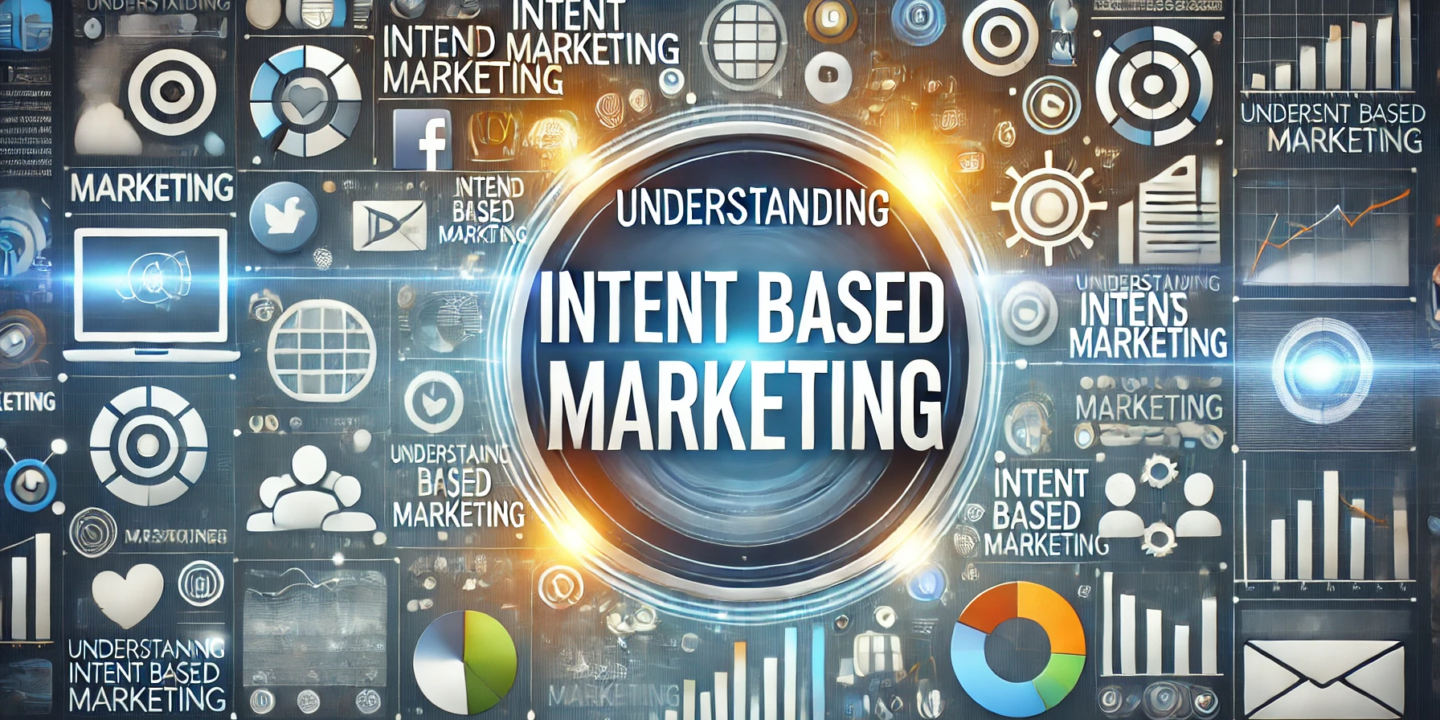
In today’s fast-paced digital world, businesses are always on the lookout for new strategies to effectively reach and engage their target audience. Traditional marketing methods, which often rely on broad messaging and general appeals, are losing their effectiveness. Consumers are now bombarded with countless advertisements every day, leading to a phenomenon known as “ad fatigue,” where people start ignoring most ads they see.
To stand out in this crowded market, businesses need to adopt more personalised and targeted approaches. This is where intent based marketing comes in. It’s a strategy that focuses on understanding and leveraging the intent behind a customer’s actions to deliver more relevant and timely messages.
What is Intent Based Marketing?
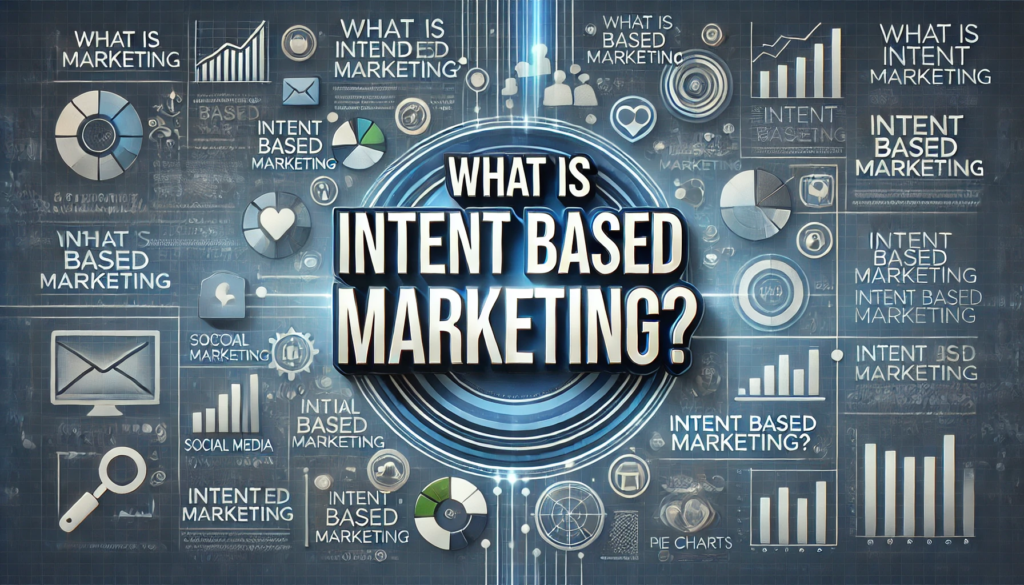
Intent based marketing is a marketing strategy that revolves around understanding the intent behind a user’s actions, such as search queries, website visits, and social media interactions. Instead of just pushing out ads or content to a broad audience, businesses using intent-based marketing tailor their efforts to individuals who have shown a clear interest or intent in their products or services.
For instance, if a person searches for “best running shoes for beginners,” this action signals a strong intent to find and possibly purchase running shoes. An intent-based marketing strategy would recognise this signal and deliver relevant ads, content, or product recommendations directly to that person.
This approach not only makes marketing efforts more effective but also enhances the customer experience by providing them with information that aligns with their current needs or desires.
Importance of Understanding Consumer Intent
Understanding consumer intent is crucial because it allows businesses to align their marketing efforts with the actual needs of their audience. When a business can accurately identify what a consumer is looking for, it can create content or offers that directly address those needs, leading to higher engagement and conversion rates.
For example, if a consumer visits a website and reads several articles about healthy eating, it can be inferred that they are interested in nutrition and wellness. A business selling organic food products can use this information to present targeted offers or content that aligns with this interest, making the consumer more likely to make a purchase.
Furthermore, intent-based marketing helps reduce wasted ad spending. Traditional marketing methods often involve casting a wide net, hoping to catch the attention of a few interested individuals. This can lead to a lot of money being spent on people who are not interested in the product or service being advertised. In contrast, intent-based marketing focuses on those who have already shown an interest, making the marketing budget more effective.
How Intent Based Marketing Works?
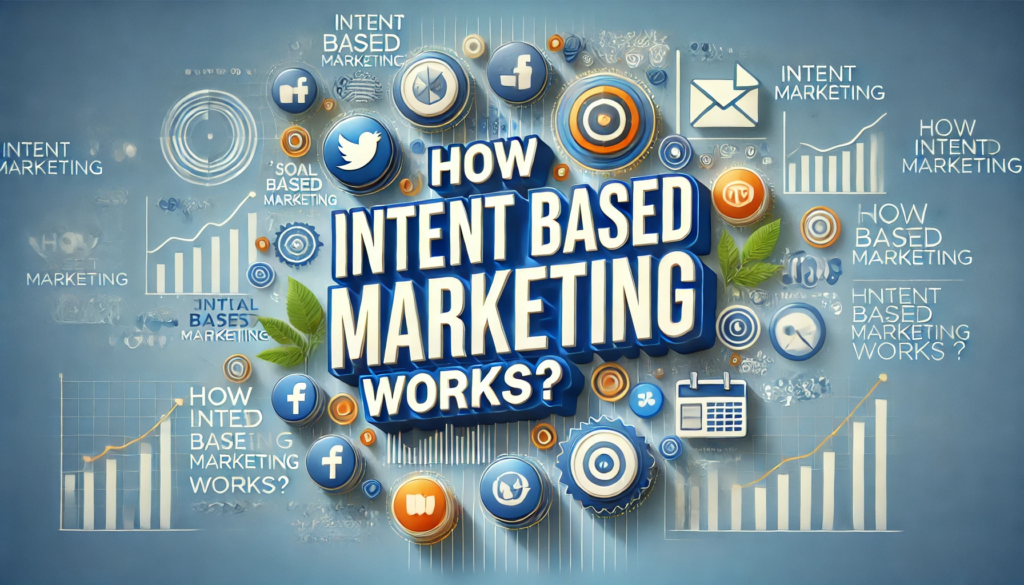
Intent based marketing is powered by data. By analyzing various data points, such as search queries, browsing behaviour, social media interactions, and past purchase history, businesses can gain insights into what a consumer is interested in at any given moment. Here are some of the key components of intent-based marketing:
Data Collection
The first step in intent-based marketing is gathering data from various sources. This can include data from search engines, social media platforms, website analytics, and customer relationship management (CRM) systems. The more data a business can collect, the better it can understand its customers’ intent.
Data Analysis
Once the data is collected, it needs to be analysed to identify patterns and trends. Machine learning algorithms and artificial intelligence (AI) tools are often used to process large amounts of data and identify key insights that can inform marketing strategies.
Segmentation
After analysing the data, consumers can be segmented based on their intent. For example, one group of consumers might be interested in learning more about a product, while another group might be ready to make a purchase. By segmenting consumers based on their intent, businesses can create more personalised and relevant marketing campaigns.
Personalised Marketing
With a clear understanding of consumer intent, businesses can create personalized marketing messages and offers that resonate with their audience. This could involve sending targeted emails, displaying relevant ads, or creating content that addresses specific consumer needs.
Continuous Optimization
Intent-based marketing is not a one-time effort. Continuous monitoring and optimisation are required to ensure that marketing efforts remain effective. By regularly analysing data and adjusting strategies, businesses can stay ahead of changing consumer behaviour and intent.
How Intent Based Marketing Benefit a Business?
Intent based marketing offers several benefits that make it an attractive strategy for businesses looking to improve their marketing efforts.
- Increased Relevance: One of the biggest advantages of intent-based marketing is that it allows businesses to deliver more relevant messages to their audience. By understanding what a consumer is looking for, businesses can provide information that is more likely to resonate with them, leading to higher engagement rates.
- Higher Conversion Rates: When marketing messages are tailored to a consumer’s specific needs or interests, they are more likely to take action. This can lead to higher conversion rates, as consumers are presented with offers that are directly relevant to their current needs.
- Improved Customer Experience: Intent-based marketing enhances the customer experience by providing them with information that is useful and relevant. This can lead to increased customer satisfaction and loyalty, as consumers appreciate businesses that understand and cater to their needs.
- Efficient Use of Marketing Budget: By focusing on consumers who have already shown intent, businesses can make more efficient use of their marketing budget. This reduces wasted ad spend and ensures that marketing efforts are directed towards those who are most likely to convert.
- Better Data Insights: Intent-based marketing relies on data, and as a result, businesses that adopt this strategy often gain deeper insights into their customers’ behaviour and preferences. This can inform not only marketing efforts but also product development, customer service, and other areas of the business.
What Are the Challenges of Implementing Intent Based Marketing?
While intent based marketing offers many benefits, it also comes with its own set of challenges.
- Data Privacy Concerns: Collecting and analysing consumer data is a key part of intent-based marketing, but it can raise privacy concerns. Businesses need to ensure that they are complying with data protection regulations and that they are transparent with consumers about how their data is being used.
- Data Management: Managing large amounts of data can be challenging, especially for businesses that are not equipped with the right tools and resources. It’s important to have a robust data management system in place to ensure that data is collected, stored, and analyzed effectively.
- Technology Investment: Implementing intent-based marketing often requires an investment in technology, such as AI and machine learning tools. While these tools can be expensive, they are essential for processing and analysing the large amounts of data needed for intent-based marketing.
- Continuous Optimization: Intent-based marketing is not a “set it and forget it” strategy. It requires continuous monitoring and optimisation to remain effective. This can be resource-intensive, especially for smaller businesses with limited marketing teams.
What Are the Best Practices for Successful Intent Based Marketing?
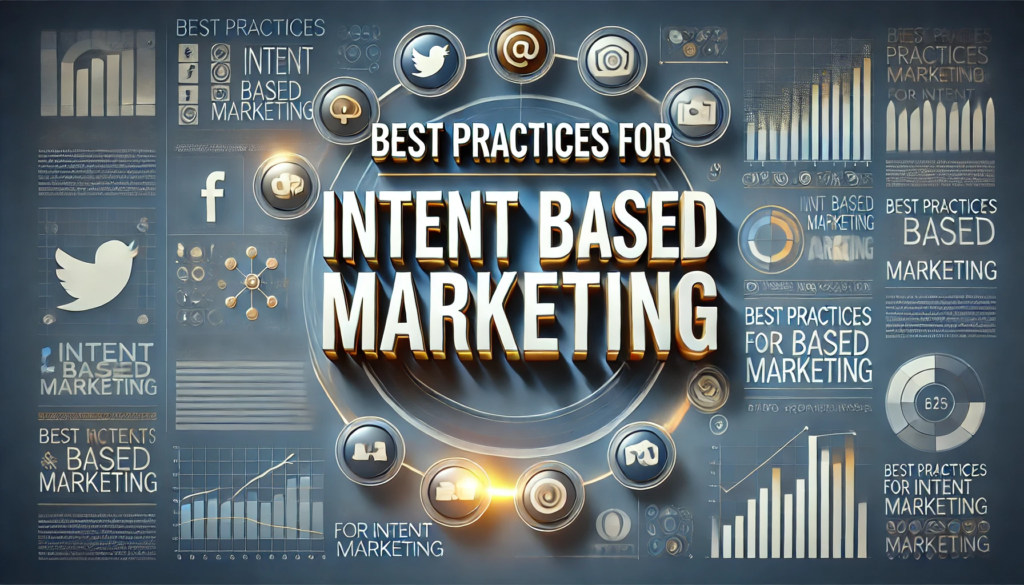
To overcome the challenges and maximise the benefits of intent-based marketing, businesses should follow these best practices:
- Prioritise Data Privacy: Make sure that your data collection and analysis practices comply with relevant regulations, such as the General Data Protection Regulation (GDPR) in Europe. Be transparent with your customers about how their data is being used and give them the option to opt-out if they choose.
- Invest in the Right Tools: To effectively implement intent-based marketing, you’ll need the right intent-based marketing tools for data collection, analysis, and personalisation. Invest in technology that can handle the scale and complexity of your data needs.
- Segment Your Audience: Not all consumers are the same, and their intent can vary widely. Make sure to segment your audience based on their intent so that you can create more personalised and effective marketing campaigns.
- Create Relevant Content: Content is a key component of intent-based marketing. Make sure that the content you create is relevant to your audience’s needs and interests. This could involve creating educational blog posts, product guides, or personalised offers.
- Monitor and Optimize: Intent-based marketing requires continuous optimisation. Regularly monitor your marketing campaigns to see what’s working and what’s not, and make adjustments as needed to improve your results.
Conclusion
Intent based marketing represents a significant shift from traditional marketing strategies. By focusing on the intent behind a consumer’s actions, businesses can create more personalised, relevant, and effective marketing campaigns. While implementing intent-based marketing can be challenging, the benefits make it well worth the effort. By understanding and leveraging consumer intent, businesses can improve their marketing efforts, enhance the customer experience, and ultimately drive better results.
As the digital landscape continues to evolve, intent-based marketing is likely to become an increasingly important strategy for businesses looking to stay ahead of the competition. By staying attuned to the needs and desires of their audience, businesses can build stronger relationships with their customers and achieve long-term success.





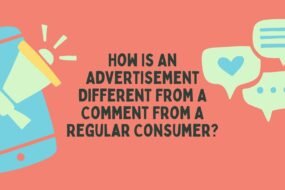
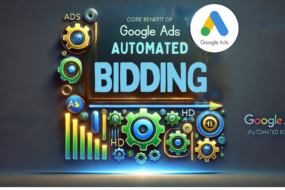
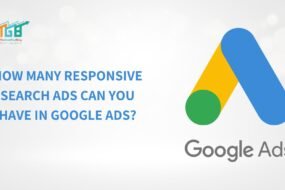
No Comments